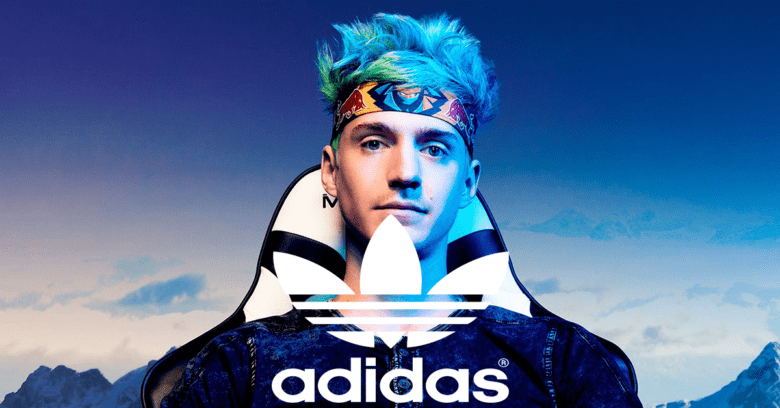Traditional stereotypes of gamers used to be nerdy boys who were
anti-social but these days, gamers are everyone from women to professional athletes
and famous musicians such as Drake.
The gaming world rapidly evolving with AI and AR
technologies and that has spurred tremendous growth in the mobile marketing
space. Rightly so, the gaming industry is projected to be worth upwards of $200
billion in 2021. According to Nielsen, 64% of Americans aged 13+ play video
games on a device therefore target marketing withing the gaming industry seems
like a no-brainer.
So how are marketers taking advantage of this growing gaming
marketplace to push brand awareness and capture market share? Well the key lies
in gaming influencer marketing.
Influencer marketing has already been a strategy that major
brands have been utilizing for years, and with gaming, it is the same approach where partnering
up with a personality such as Ninja, brands like Adidas, can trigger a massive acceleration of product
adoption and brand awareness.
However, the true secret to this strategy is inclusivity. Fortnite
was a global breakout hit because not only is it available on all platforms. They
took the age-old formula of the traditional combat games filled with
stereotypical testosterone-filled action heroes and instead choose to create
diverse, relatable characters. Women are also in love with games and because of
these changes led by Fortnite in their games and having with plenty of strong
female gaming influencers to be inspired by.
Marketers are traditionally trained to go niche, but
marketing in the gaming industry involves everyone. By crafting a more
inclusive, welcoming brand identity, businesses will be able to attract more
attention and foster greater trust and loyalty with their customers. Also, who
better to help businesses do exactly that than gaming influencers? If brands can
partner with the right influencer, businesses can likely capture some bonus
points when it comes to market share!
/cdn.vox-cdn.com/uploads/chorus_asset/file/19537635/191024_FW19aO_NITEJOGGER_NINJA_GIF2.jpg)


